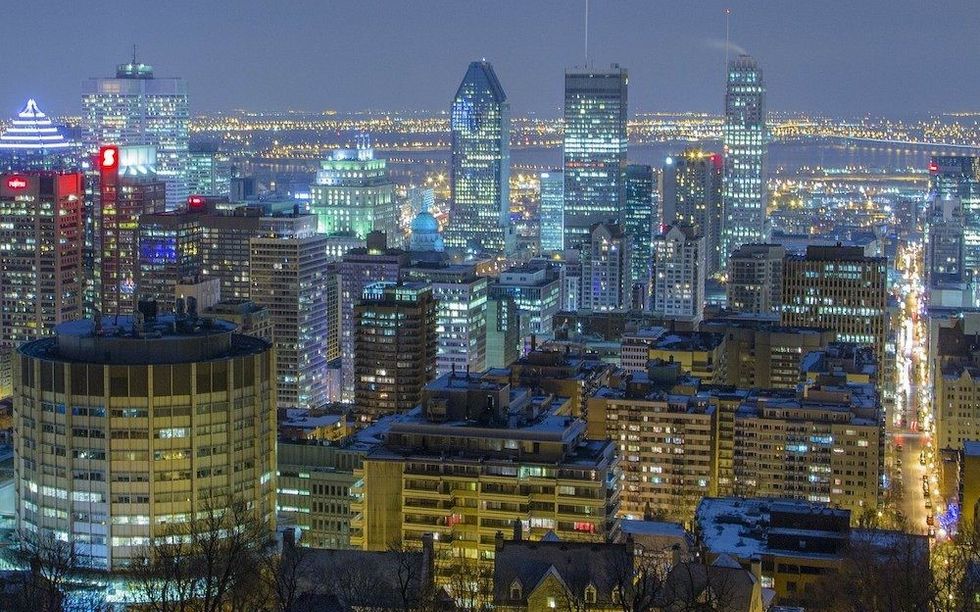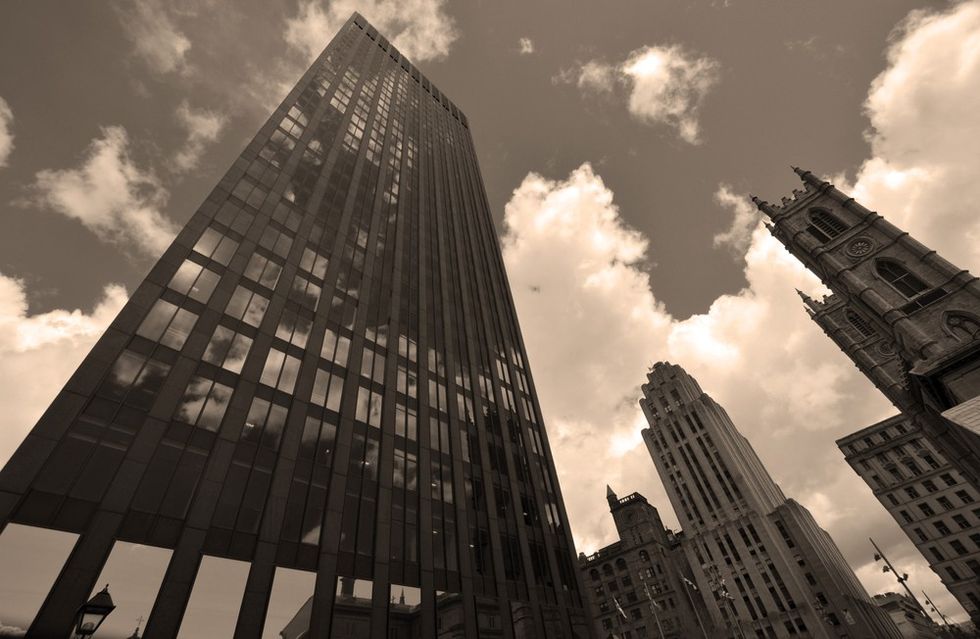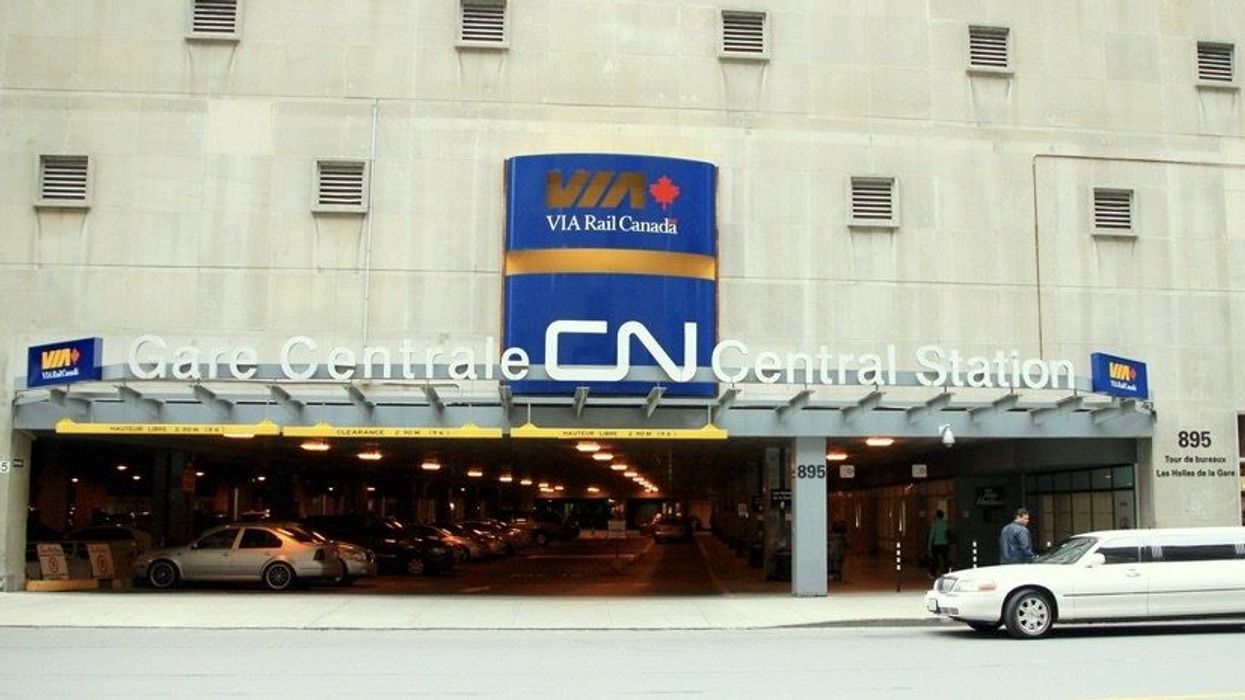The $5.7 billion purchase of a major Montreal-based real estate fund is indicative that the city’s underlying fundamentals are extremely robust and that there will likely be a slew of redeveloped downtown properties somewhere down the line.
Iris Acquisition II LP is a consortium led by Canderel Real Estate Property that purchased Cominar, a major REIT that owned everything from Gare Centrale, a major commuter hub that also includes train service to the rest of Canada through VIA Rail, to Place Alexis Nihon near the old Montreal Forum and Rockland Centre in the West Island. In all, Cominar owns 310 office, commercial, and industrial properties mostly located in Montreal, as well as in Quebec City and Ottawa. But according to Brett Miller, CEO of Canderel, which will be buying 81 properties, the pièces maîtresse are all located in the Québécois metropolis’s downtown.
“The trophy properties are the ones located in downtown Montreal and the centre of the Island of Montreal, and the North Shore and South Shore, at major intersections near densely-populated neighbourhoods, and all the routes and public transport,” Miller told STOREYS, adding that there are two key properties. “The first is Gare Centrale, which has four components: there’s a long-term lease for the train tracks -- that’s an infrastructure play; there’s the global headquarters for CN with a long-term lease in the office; there’s all of the retail services related to the commuter traffic through Gare Centrale, and it has service-retail that will increase substantially because Montreal’s new rapid transit system will have a station there, so the volume of traffic will be increasing substantially; and the fourth component are the development opportunities.”

Those opportunities include air rights to build up to 1.8 million sq. ft of space above the station and across the entire city block on De la Gauchetière St. that will most likely comprise residential, office, and retail units.
“That’s a very attractive opportunity,” Miller said. “The second major centre would be Place Alexis Nihon that sits on the border of Westmount and Montreal, the former a very affluent neighbourhood, and it has a combination of urban retail with Canadian Tire, Marshalls, Pharmaprix, and supermarkets, with some element of service for fashion retail. There’s also a residential tower of 400-plus suites that can be repositioned and upscaled, and two office towers that sit above a Metro station in an area rapidly densifying with 3,000 or 4,000 condo units being delivered across the street.”
Place Alexis Nihon is located at the Atwater Metro station on the western edge of downtown Montreal, near Dawson College and its 3,000-4,000 students. In addition to the strong market fundamentals around two high-traffic properties, Montreal is enjoying a renaissance after years of secession threats, including two referendums that played outsized roles in the city’s business and population exoduses. Miller noted that Quebec has led Canada in economic growth the last three years and has returned to pre-pandemic employment levels, which were the highest since Quebec began tracking the metric in 1976.
READ: The Great Reset: How Retail is Approaching its Post-Pandemic Return
The presence of a large consortium in the city that’s partly composed of international money is a sign that global investors are bullish on Montreal. It isn’t likely that any redevelopment occurs in the immediate future but Patrice Groleau, owner of McGill Real Estate, believes it’s in the cards. He mentions that the consortium includes Groupe Mach, which purchased $1.7 billion of Cominar’s assets, including 1080 Côte du Beaver Hall and 2001 McGill College Ave.
“Group Mach is linked to major countries and it’s big money with big families. These guys will get bigger over the next generation, we will start seeing new billionaires in the province out of these huge transactions,” Groleau said. “The deals are getting bigger and bigger, and so are the companies. Demand in the city is huge and that’s the reason these guys are buying these -- if scenario A doesn’t work, there’s B, C, D, and one of them will make money. Years ago, you looked at a tower and how many vacancies it had, but now you can demolish it and build a 40-storey tower.”

Groleau noted that Toronto receives the most immigrants in North America followed by Montreal, and that investors are confident they can raise prices because the city is becoming increasingly dense.
“The picture in Montreal is bigger than it was before,” he said. “This purchase was a no-brainer because they don’t have to sell and develop it over the next few years; they have the land and all these small malls in the pipeline. They will rent them for a while and then determine whether it’s worthwhile to renovate or demolish them and build rental towers or mixed-use projects. These guys have expertise in all different fields now. They’re more and more fully integrated and they have more flexibility compared to the owners of other small malls and office spaces. Ultimately, this is good news because billions of dollars were poured into this and these guys have access to the best data in the province, and everything showed them to proceed through the green light.”
Lead photo: Shutterstock





















